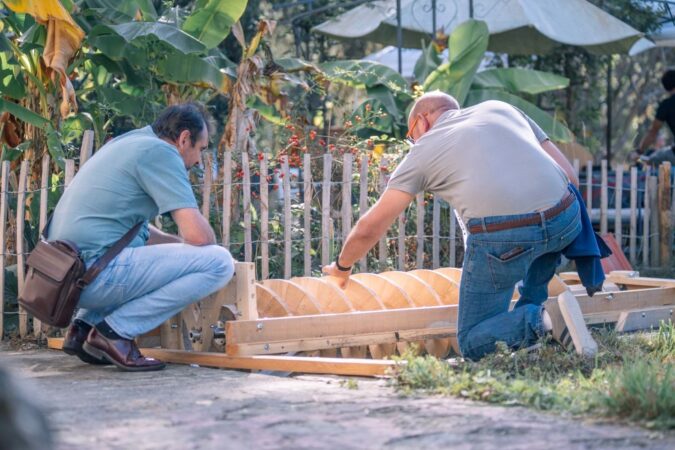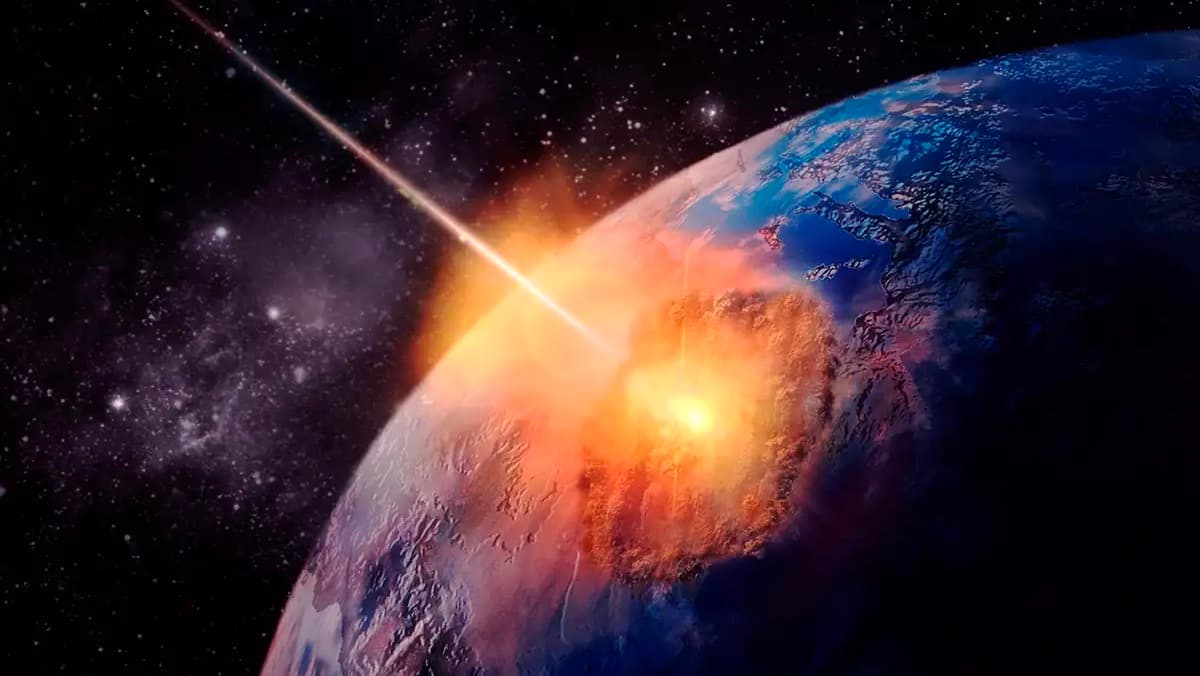It will happen one day that is as sure as the sunrise or the dance of the tides. Earth will get in the way of another big rock from space and the effect will be catastrophic. It already happened billions of years in the past and will continue to happen billions of years into the future. However, the dangerous asteroids that we know of will not be a concern for the next thousand years. The problem could be another problem!
We humans are lucky
Until now, humanity has been fortunate to not have had to face such a catastrophic threat. But if we want to survive on this planet in the long term, we will have to accept the reality of dangerous asteroids and find a way to prepare for them.
Organizations around the world continue to monitor the sky. they create Maps and catalogs For all NEOs or potentially hazardous NEOs. Obviously, larger boulders pose a greater threat, but fortunately they are less numerous. And while our census of hazardous NEOs is incomplete, we have reliable maps of almost all potentially hazardous asteroids larger than 1 kilometer in diameter.
This is useful, to say the least, because kilometer-sized asteroids have the potential to not only destroy entire cities, but also cause significant environmental damage around the world.
Collision with an asteroid: We can take nothing for granted
To estimate the risks posed by these near-Earth objects, a team of astronomers projected their orbits for the next thousand years. Their analysis indicates that None of these kilometer-sized NEOs pose any danger important to us for the next century.
However, we find it difficult to predict the orbits of these NEOs after that. This is because, in orbital dynamics, small changes can lead to large effects on huge time scales. A small difference in the amount of heat an asteroid receives from the Sun, or an unexpected push from Jupiter, could send an asteroid on a trajectory that, in a few thousand years, would end up crossing Earth.
Astronomers have studied the possible closest encounter between NEOs and Earth. They have specifically studied how this closer distance changes over hundreds and thousands of years. They did this through a series of simulations that determined as many orbital trajectories as possible, given the uncertainties in the NEO's current orbital positions and velocities.
This graph shows the orbits of 2,200 potentially hazardous objects as calculated by JPL's Center for Near-Earth Object Studies (CNEOS). Featured is the orbit of the double asteroid Didymus, the target of NASA's Double Asteroid Redirection Test (DART) mission. Credit: NASA/JPL-Caltech
Watch asteroid 7482
Researchers have identified one near-Earth object in particular, namely Asteroid 7482 is particularly dangerous. This asteroid will spend a lot of time near Earth over the next millennium. While this does not necessarily mean that it will collide with our planet, it does mean that this rock has the highest probability of collision in the next thousand years.
The researchers also highlighted another asteroid, namely asteroid 143,651which has such a chaotic orbit that it is impossible to predict its exact location A few decades later. Therefore, while they may or may not pose a threat, based on current knowledge of their location and speed, it is not possible to say anything with certainty.
In total, astronomers determined 28 candidates with a non-zero probability of a 'deep encounter'which means that they will pass closer than the moon.
None of these objects can crash into Earth in the next hundred or thousand years, but if we want to survive in the long term, we really need to take care of them.

“Wannabe internet buff. Future teen idol. Hardcore zombie guru. Gamer. Avid creator. Entrepreneur. Bacon ninja.”







More Stories
Health warns of syncytial virus, which causes respiratory infections
Science and technology conferences as a means of democratizing scientific debate
China Genome Corporation and Rwanda launch cervical cancer screening activities